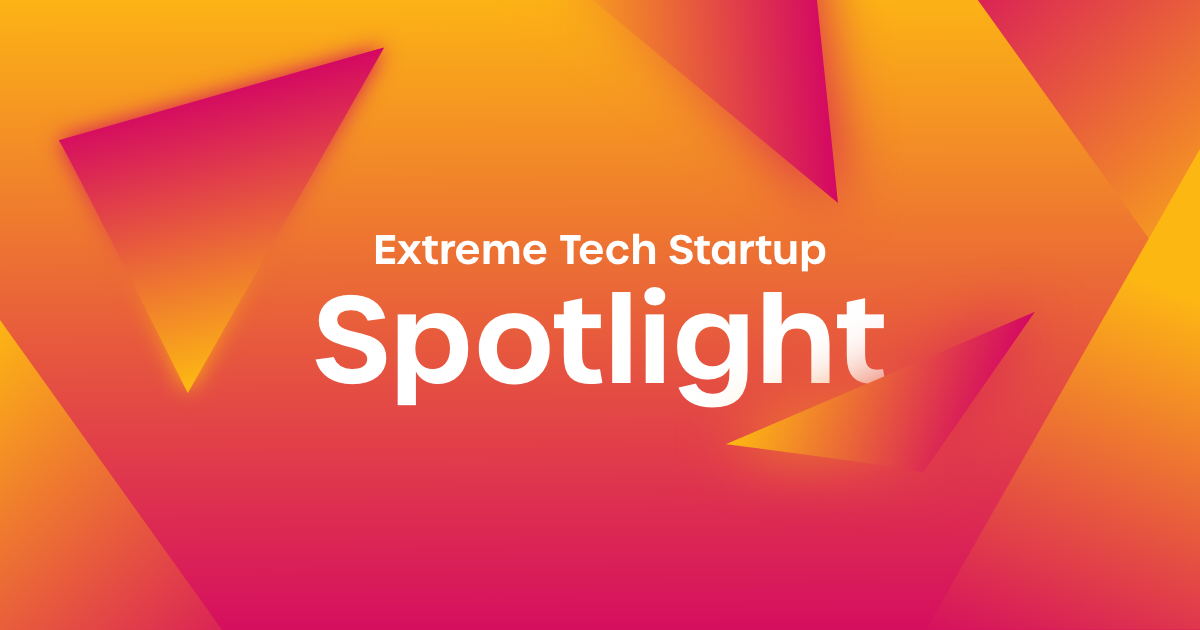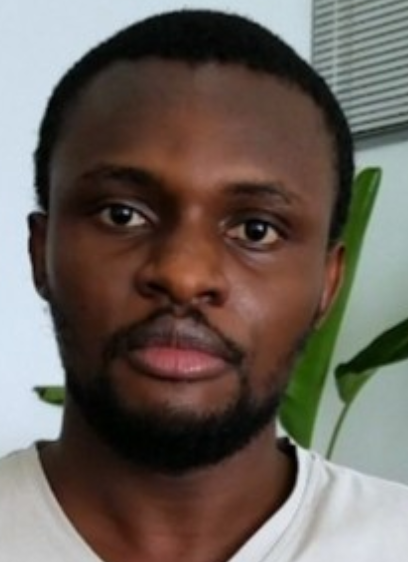This week in our Startup Spotlight blog series is our 2022 XTC Biotech & Medical Device Category Runner-Up – MicroFuse Technologies!
Diagnostic Retinal Scans using Smartphones with off-line “small AI” to handle CVPR analytics.


Six Questions for Emmanuel Ugwu, CEO and Founder, MicroFuse Technologies of Nigeria
Emmanuel graduated with a Computer Science Bachelors from the University of Nigeria. After several years as CTO of a fast growing ICT and Cyber Security consultancy and software developer lead for a social capital & technology innovation center, he founded his own Software company, MicroFuse Technologies, 7 years ago. As an offshoot of the main services of MicroFuse, Emmanuel started 3 years ago to develop the Oculus CIPHER smartphone disease diagnostic product.
1. What problem is MicroFuse’s Oculus CIPHER product solving and how ?
We are addressing the challenge of scarcity of accurate and immediate diagnoses of diseases such as malaria and diabetes in endemic regions of Africa and the world, leading to over 75% of deaths worldwide, especially infant mortality. Nigeria for instance loses over 200,000 lives every year to malaria and over 80% of these deaths are children under 5 years of age. If in the developing community we are not looking daily at the faces of the most vulnerable population (children), we will miss the mark by a considerable distance. Oculus CIPHER is solving this problem with our AI-powered non-invasive ocular diagnostic medical device that helps in the early detection and diagnosis of diseases by simply taking a picture of the eye. With small-AI on a smartphone, we are achieving better patient outcomes by improving clinical efficiency, productivity, and error reduction.
2. What is your background that led you to founding MicroFuse and the CIPHER product ?
I have a background in computer science and engineering. However, I started working on this solution after I lost a friend due to complications of severe malaria and leukemia. I wanted to build a tool to help healthcare professionals in clinical decision making and to reduce misdiagnosis.
3. What is unique about your technology and what is the validation status ?
They say that the eye is the window to the soul. Scientifically, the eye is literally an extension of the brain connecting with the cerebrospinal membrane. Almost all illness has some sort of presence in the retina. The retina and optic nerve have been demonstrated to possess a blood-brain barrier that prevents the passive passage of protein and certain dyes from the blood vessels into the extracellular space and being able to identify the changes that takes place here (retinal aneurysms, retinopathies, etc) helps determine and diagnose those diseases before they degenerate into severe conditions.
What’s unique about our technology is our non-invasive approach to AI-assisted clinical diagnosis (offline algorithms capable of working even on low-end smartphones), and using smartphone to make diagnosis. We have also successfully concluded a 2 year trial with 3 university teaching hospitals.
And it has been very validating for Oculus CIPHER to be recognized this year both as the Runner-Up in the Biotech & Medical Device Category of Extreme Tech Challenge, and just last month as the Winner of the Youth Award at the Sustainable Development Solutions Network Youth Solutions Pitch Competition sponsored by the United Nations.
4. What are your Go-To-Market ideas and traction received so far?
We utilize a hybrid of subscription, direct sale and licensing. We have a unique model we call “lease-subscription” where we give our device upfront to the hospitals and clinicians, they then pay a monthly subscription and if at any point in time they decide to discontinue using our product – which I doubt would ever happen – they simply return it to us, hence the “lease” in the model. We also have an agreement with our clients to use their anonymized data to keep improving our model/algorithm and in return, we subsidize their subscription rates.
We’ve been lucky to have gone through a couple of programs that taught and guided me on this entrepreneurial journey. From the ASME ISHOW (2020 winner), to Extreme Tech Challenge (Biotech and Medical Device runner-up 2022), Mass Challenge Switzerland, and then just last month as the Winner of the Youth Award at the Sustainable Development Solutions Network Youth Solutions Pitch Competition sponsored by the United Nations. We now have over 60 doctors using our device and 4 expressions of interest from state ministries of health, we are finalizing two pilot projects with Nestle Abidjan and Switzerland, and also finalizing a pilot with Imperial College London in partnership with the UK National Health Service (NHS) through support from the UK Department for International Trade (DIT).
5. What’s next ?
The next phase for us is taking our broad commercialization as well as further R&D to incorporate other disease diagnoses. Our ultimate aim is to build what we call a “First-Look-Tool” for diagnosis. We are ready to enter the market as well as building partnerships with amazing corporates to drive our growth. We already raised $86k in grant funding from Grand Challenges Canada and the American Society of Mechanical Engineers (ASME) and are currently raising a pre-seed round to enable us to reach our growth milestones in the coming months.
6. Tell us about your experience with XTC and what were the benefits/takeaways?
XTC was an amazing experience for me. It was my first time being in a startup program with a curriculum that brings experts to give tailored lectures on the startup/entrepreneurial journey and also giving us the opportunity to engage with the expert and ask questions relating to our individual/startup needs and getting concrete feedback and support to solve those challenges. I am really happy I was a part of the program.
Interviewed and edited by John Martin